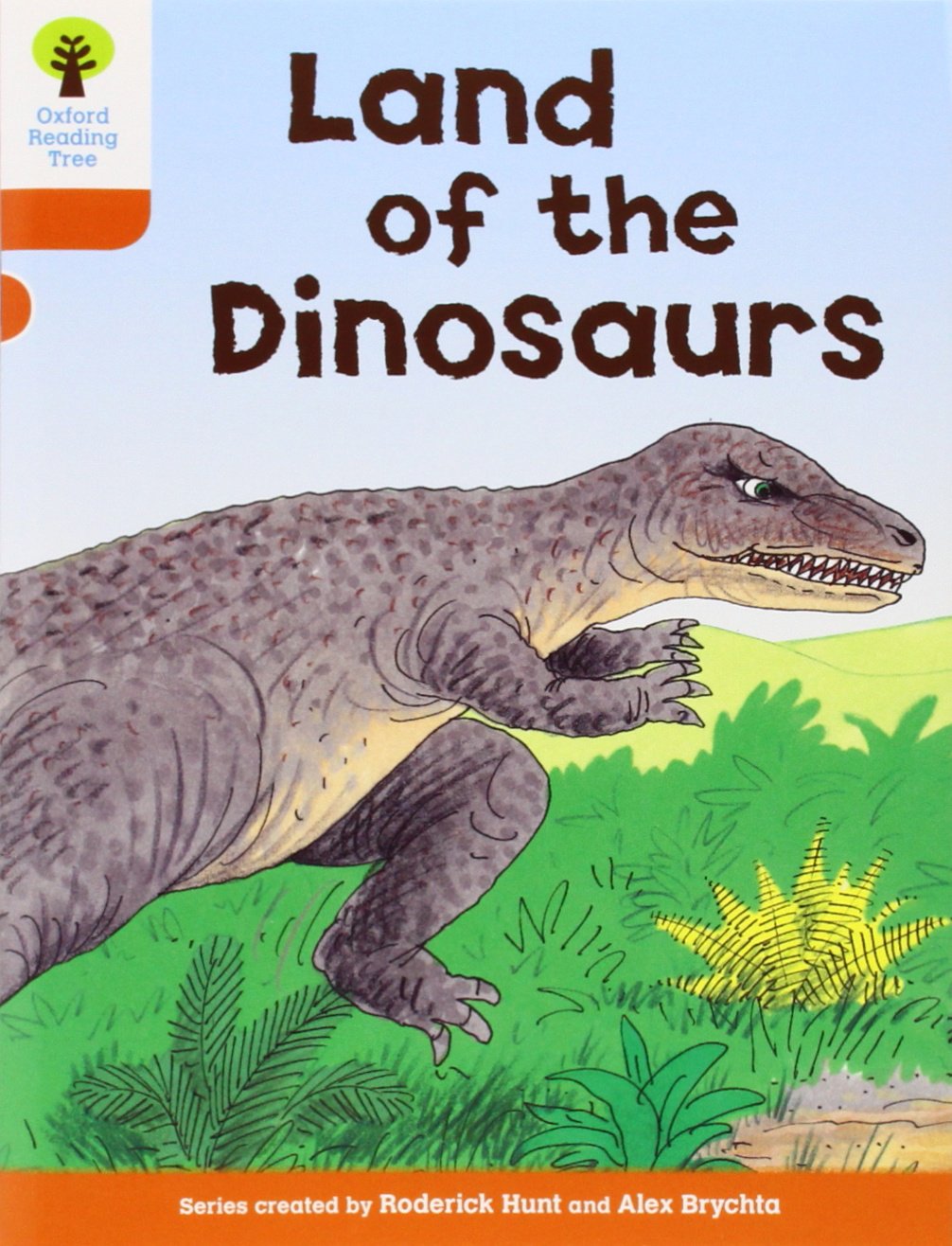
Oxford Reading Tree: Level 6: Stories: Land of the Dinosaurs (Oxford Reading Tree, Biff, Chip and Kipper Stories New Edition 2011)
FREE Shipping
Oxford Reading Tree: Level 6: Stories: Land of the Dinosaurs (Oxford Reading Tree, Biff, Chip and Kipper Stories New Edition 2011)
- Brand: Unbranded

Description
Work has started at West Midland Safari Park for their second phase of luxury accommodation, including overnight stays with giraffes and white rhinos.
Artist's rendering of an asteroid a few kilometers across colliding with the Earth. Such an impact can release the equivalent energy of several million nuclear weapons detonating simultaneously; The Cretaceous–Paleogene ( K–Pg) extinction event, [a] also known as the Cretaceous–Tertiary ( K–T) extinction, [b] was a sudden mass extinction of three-quarters of the plant and animal species on Earth, [2] [3] approximately 66million years ago. The event caused the extinction of all non-avian dinosaurs. Most other tetrapods weighing more than 25 kilograms (55 pounds) also became extinct, with the exception of some ectothermic species such as sea turtles and crocodilians. [4] It marked the end of the Cretaceous period, and with it the Mesozoic era, while heralding the beginning of the Cenozoic era, which continues to this day. Novel objects such as pumpkins allow our animals to investigate something that looks, smells and feels different. Some species, like our meerkats can use their cognitive skills to find food inside them, whilst other animals such as our tigers, like to stalk and capture them! Enrichment is very important for our young, developing animals. They need varied environments to develop their movement and thinking skills, just like human babies, so it was great to see how each one reacted.” With such pristine nature all around, preservation has been critical from the get-go. Being in an area so remote, it was important for Jalsa and his team to put the right infrastructure in place.a b c Longrich, N. R.; Bhullar, B.-A. S.; Gauthier, J. A. (December 2012). "Mass extinction of lizards and snakes at the Cretaceous-Paleogene boundary". Proceedings of the National Academy of Sciences of the United States of America. 109 (52): 21396–401. Bibcode: 2012PNAS..10921396L. doi: 10.1073/pnas.1211526110. PMC 3535637. PMID 23236177.
The casualty list is long. Among them, ammonites, some microscopic plankton, and large marine reptiles all died out. Late Devonian extinction– One of the five most severe extinction events in the history of the Earth's biota She was also seen fiercely protecting her precious plaything from her mum, Dourga, who was warned off with a few playful pats to the face. Following planning being granted last week, the Park can now go ahead with building eight two-storey lodges, integrated into the white rhino and giraffe habitats, giving guests a truly unforgettable and immersive experience.
Ranger Rob
The archosaur clade includes two surviving groups, crocodilians and birds, along with the various extinct groups of non-avian dinosaurs and pterosaurs. [104] Crocodyliforms [ edit ] a b c d e f Schulte, Peter; etal. (5 March 2010). "The Chicxulub Asteroid Impact and Mass Extinction at the Cretaceous-Paleogene Boundary" (PDF). Science. 327 (5970): 1214–1218. Bibcode: 2010Sci...327.1214S. doi: 10.1126/science.1177265. PMID 20203042. S2CID 2659741.
The extinction event produced major changes in Paleogene insect communities. Many groups of ants were present in the Cretaceous, but in the Eocene ants became dominant and diverse, with larger colonies. Butterflies diversified as well, perhaps to take the place of leaf-eating insects wiped out by the extinction. The advanced mound-building termites, Termitidae, also appear to have risen in importance. [74] Terrestrial plants [ edit ]
Complex Cretaceous–Paleogene clay layer (gray) in the Geulhemmergroeve tunnels near Geulhem, The Netherlands (finger is below the actual Cretaceous–Paleogene boundary). Two families of pterosaurs, Azhdarchidae and Nyctosauridae, were definitely present in the Maastrichtian, and they likely became extinct at the K–Pg boundary. Several other pterosaur lineages may have been present during the Maastrichtian, such as the ornithocheirids, pteranodontids, a possible tapejarid, a possible thalassodromid and a basal toothed taxon of uncertain affinities, though they are represented by fragmentary remains that are difficult to assign to any given group. [108] [109] While this was occurring, modern birds were undergoing diversification; traditionally it was thought that they replaced archaic birds and pterosaur groups, possibly due to direct competition, or they simply filled empty niches, [70] [110] [111] but there is no correlation between pterosaur and avian diversities that are conclusive to a competition hypothesis, [112] and small pterosaurs were present in the Late Cretaceous. [113] At least some niches previously held by birds were reclaimed by pterosaurs prior to the K–Pg event. [114] Birds [ edit ] International Chronostratigraphic Chart". International Commission on Stratigraphy. 2015. Archived from the original on 30 May 2014 . Retrieved 29 April 2015. It was only around 15 million years after the non-bird dinosaurs disappear, during what's termed the Oligocene Epoch, that we started to get really big mammals. This is when rhino-sized animals start to reappear. But up until that point it's a world filled with small animals, especially in comparison with the dinosaurs that came before them. It took a while for body size to catch up.'
They were likely small, active predators. Probably starting off with a body length of only a couple of metres, they would have been bipedal with small, grasping hands. Guests to the grotto will be greeted by Santa’s team of friendly elves who will magically transport families to the North Pole on Santa’s newly refurbished sleigh featuring a talking owl and enchanting northern lights.
Social
Land of the Dinosaurs" is the twenty-seventh episode of the animated series The Little Mermaid TV series, originally aired on October 8, 1994. If the dinosaurs found in the Ischigualasto Formation are already recognisably dinosaurs, it suggests that their origins are even more ancient. Patterson, C. (1993). "Osteichthyes: Teleostei". In Benton, M. J. (ed.). The Fossil Record. Vol.2. Springer. pp.621–656. ISBN 978-0-412-39380-8.
- Fruugo ID: 258392218-563234582
- EAN: 764486781913
-
Sold by: Fruugo
